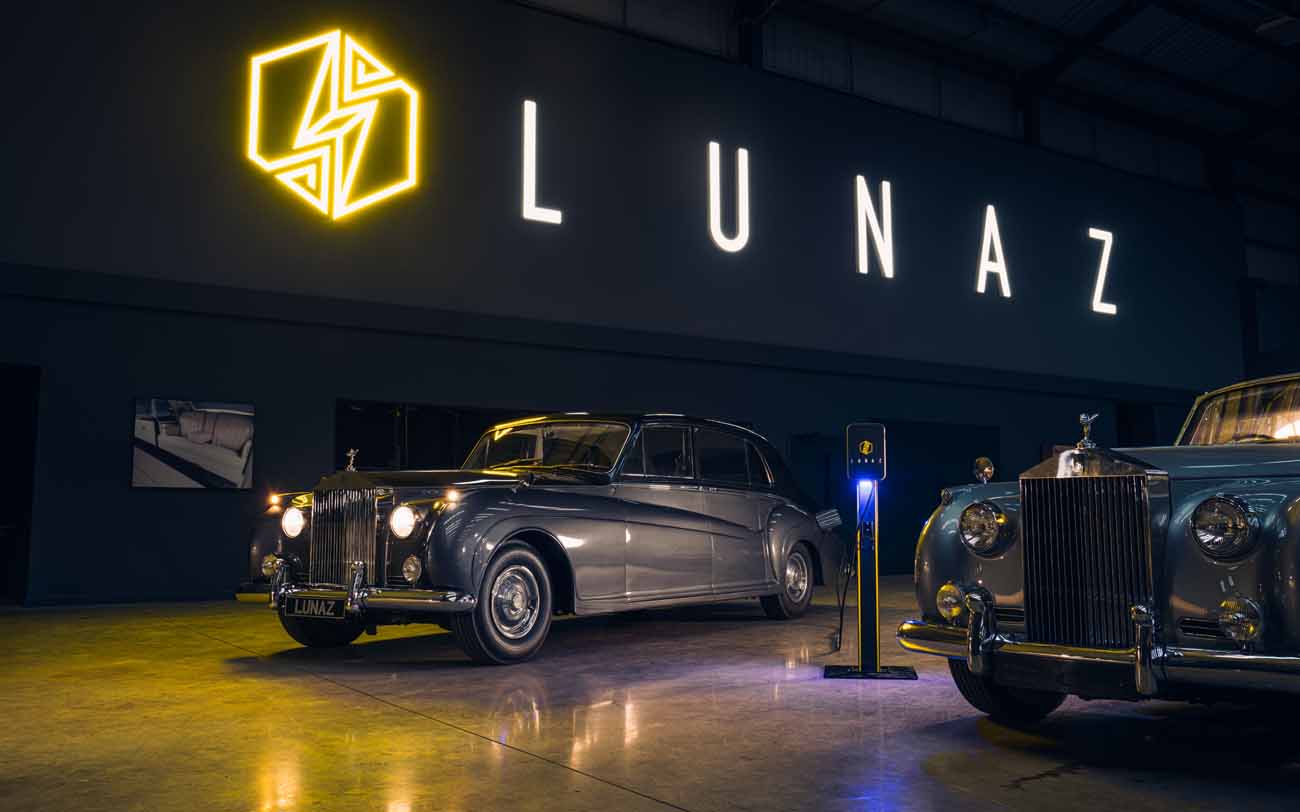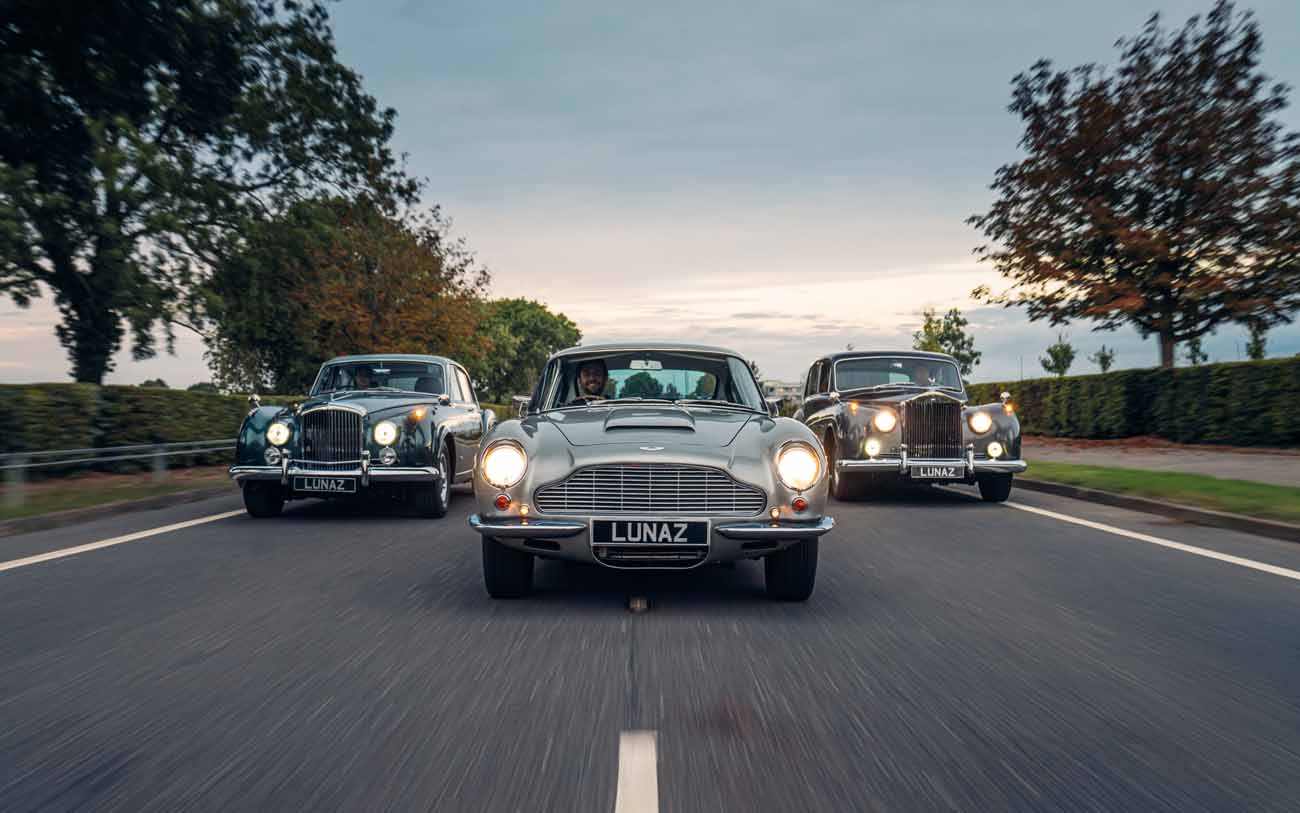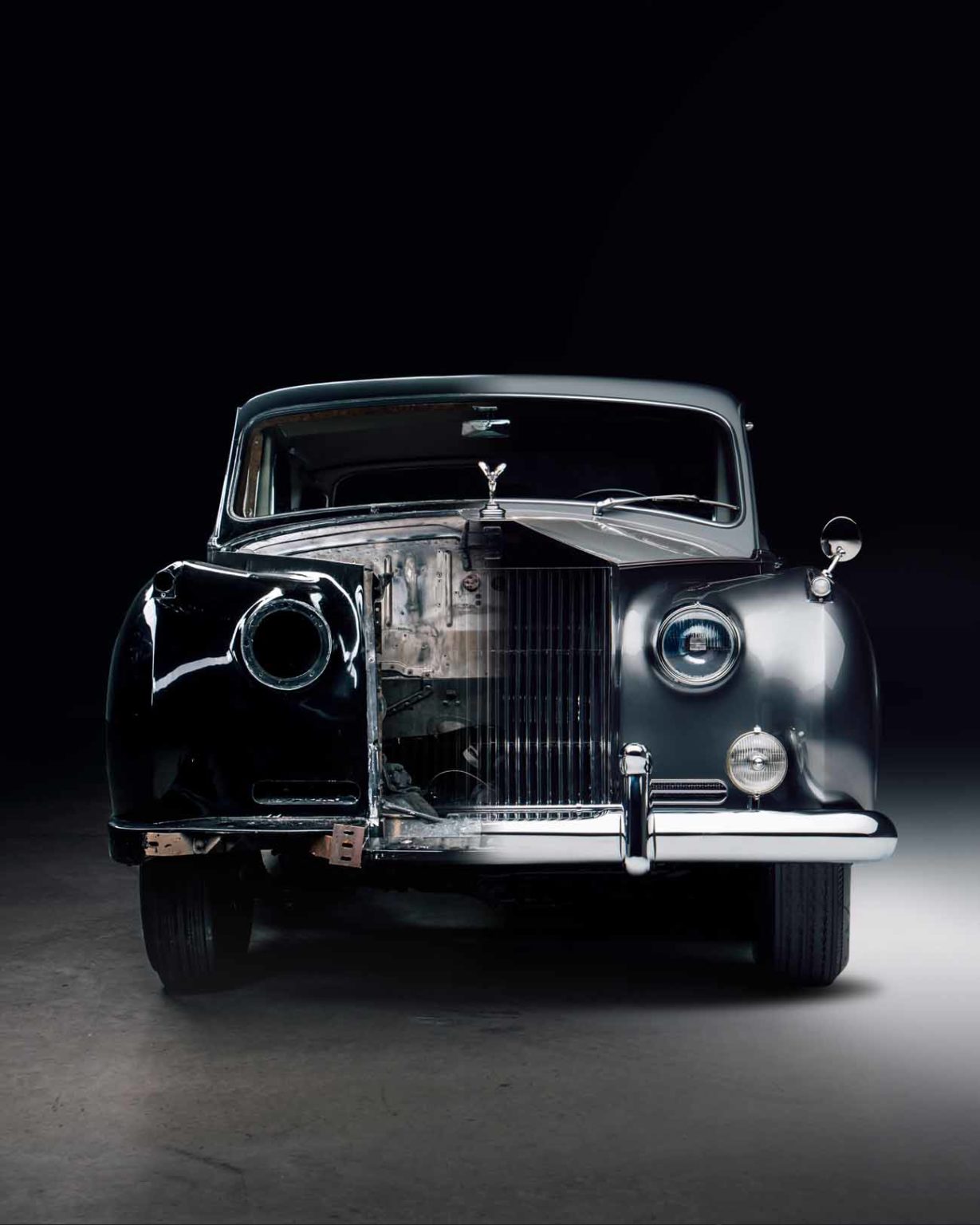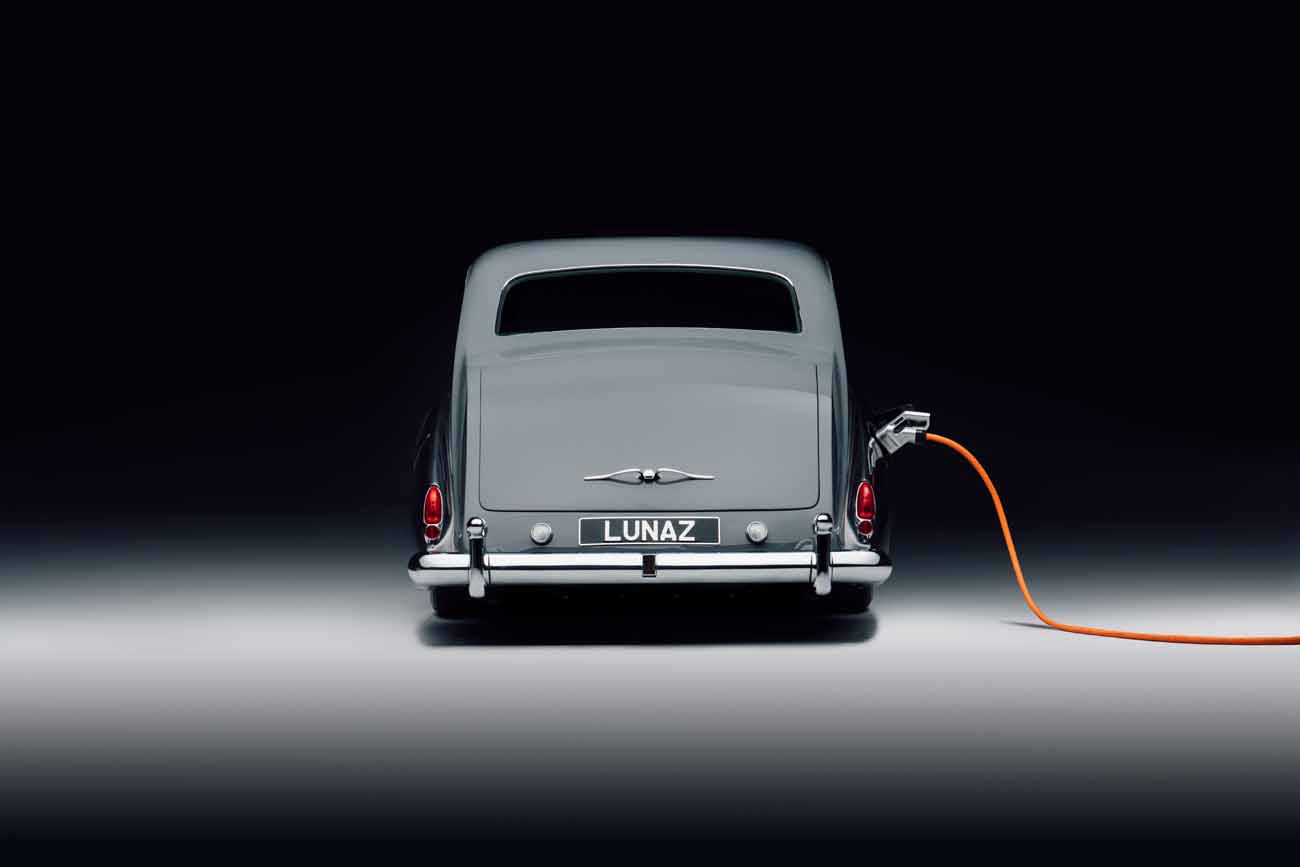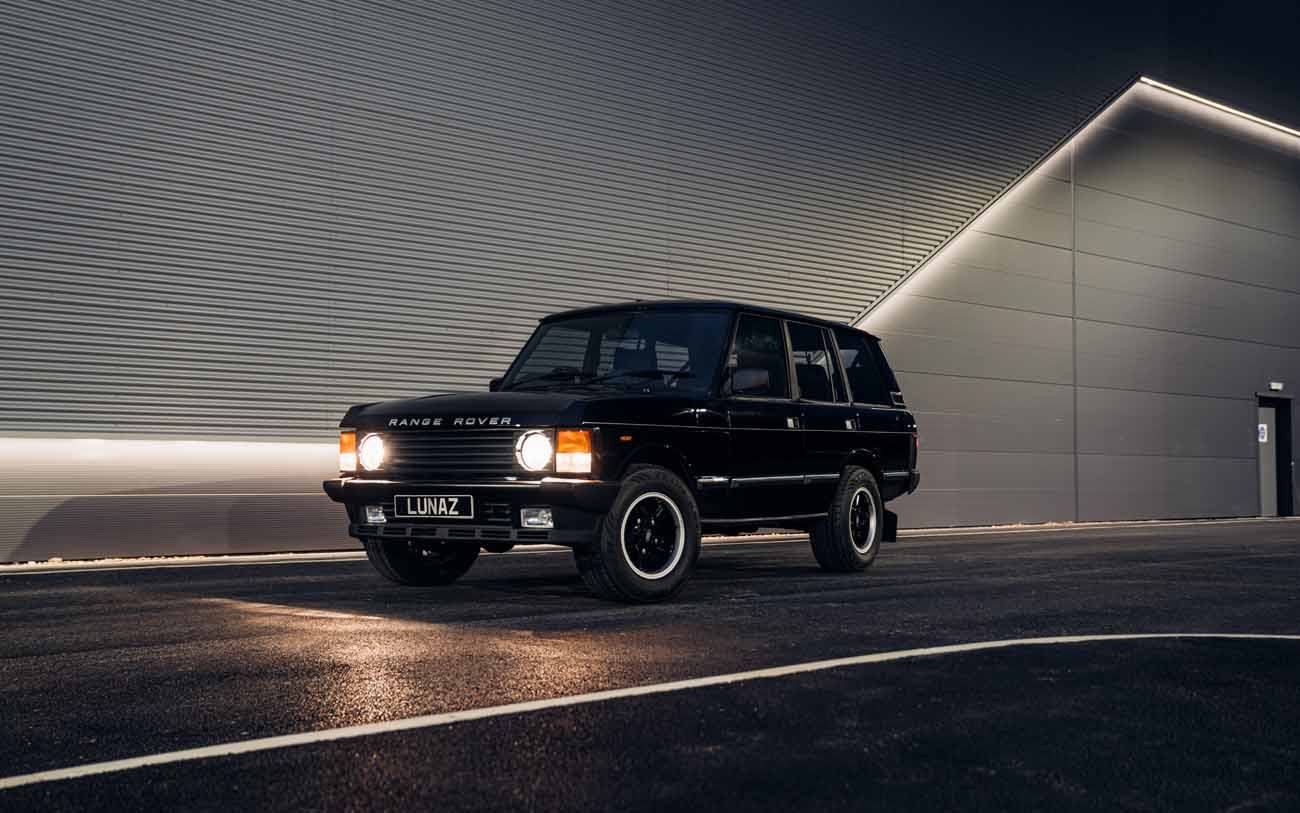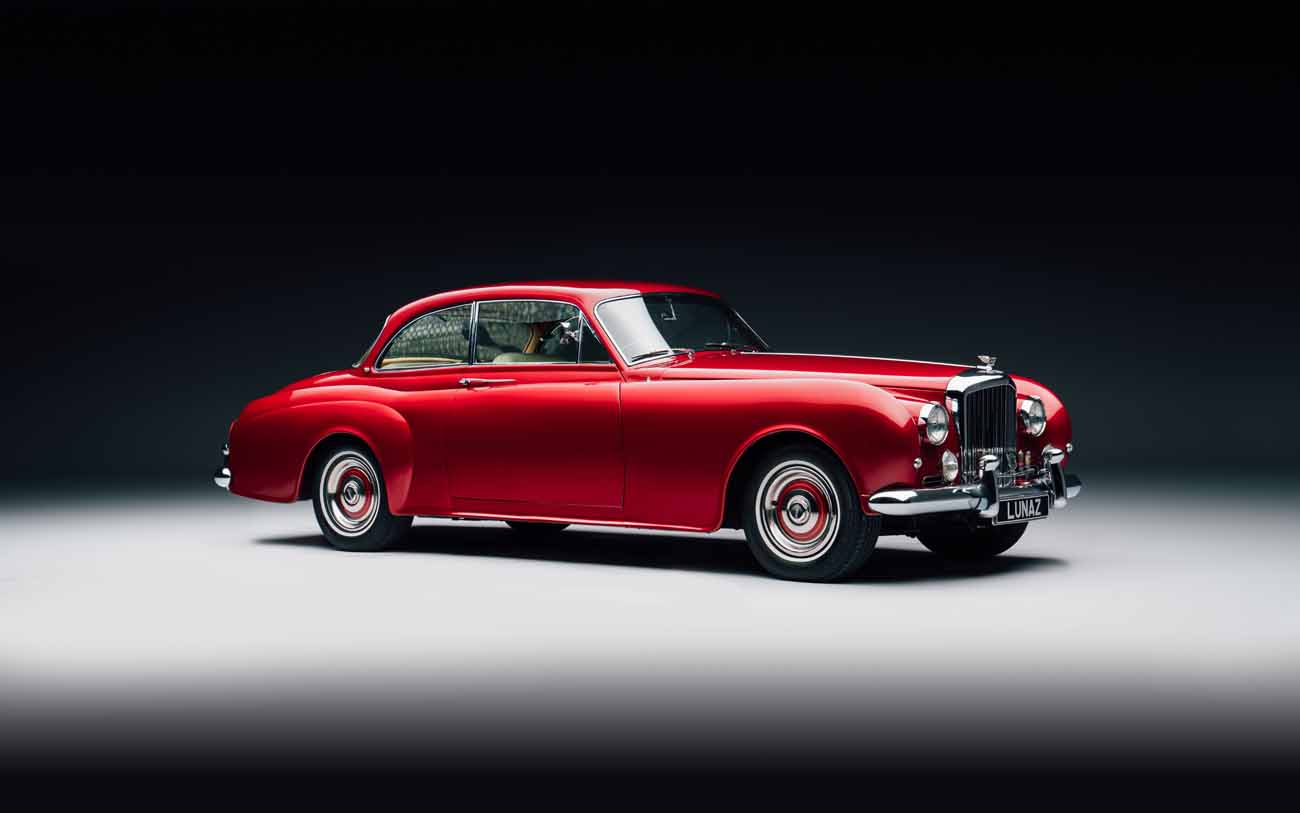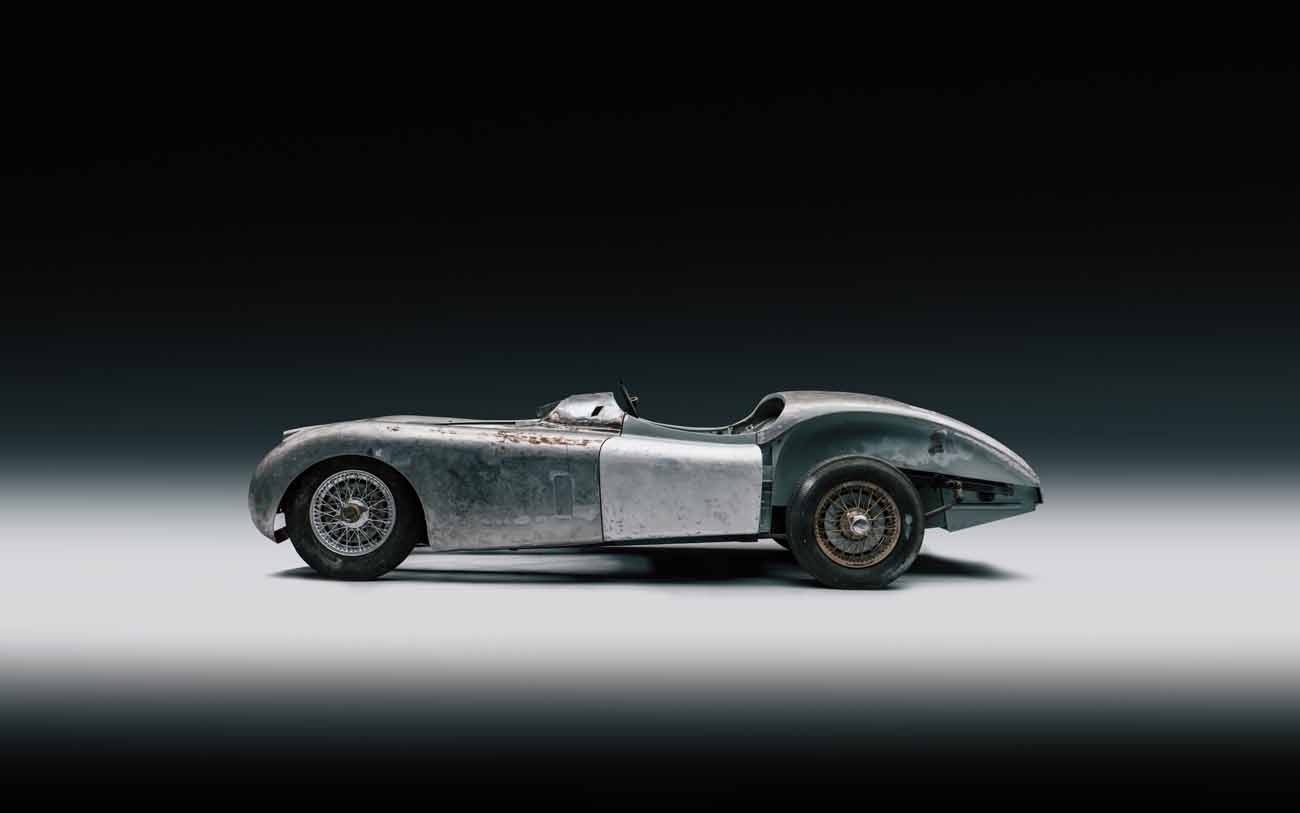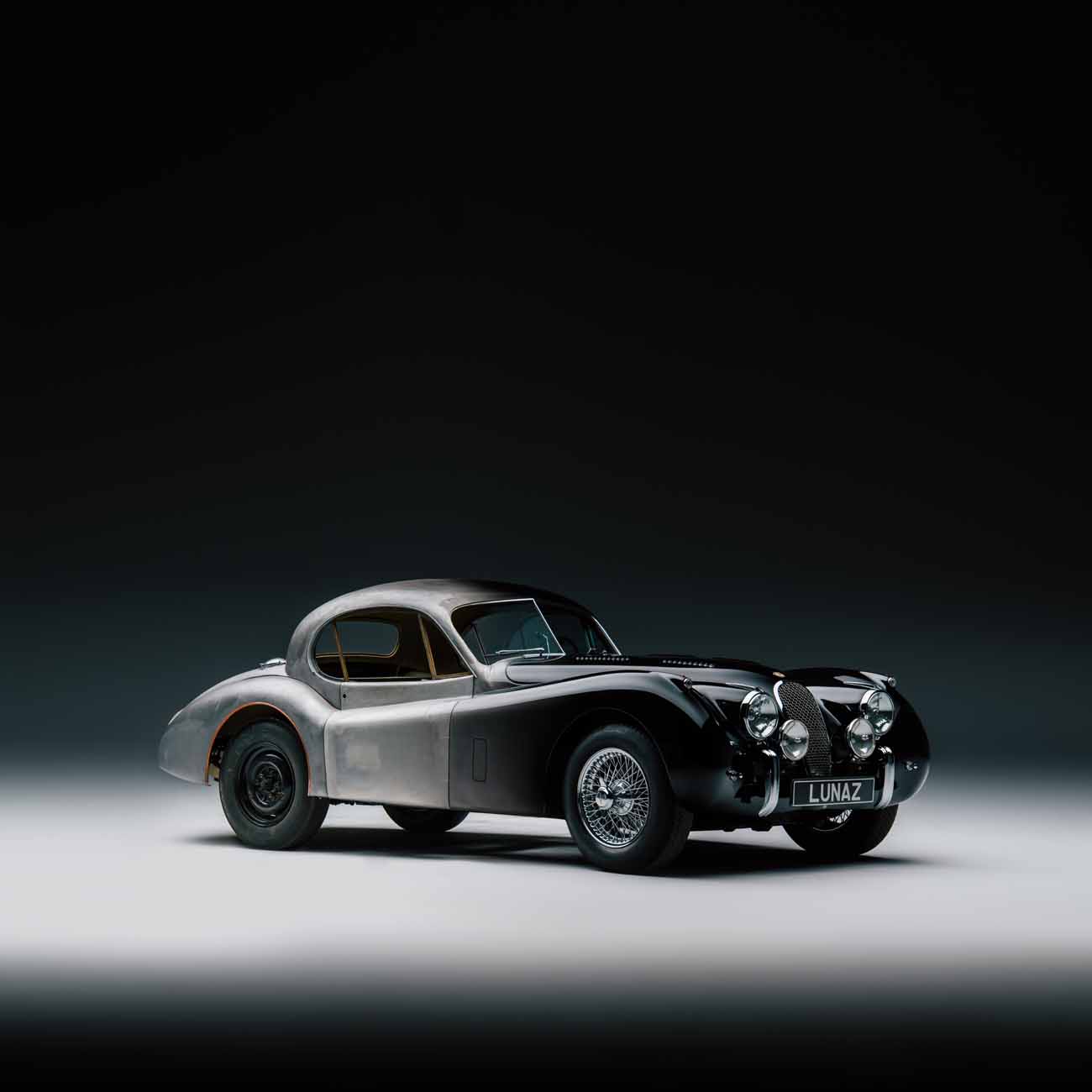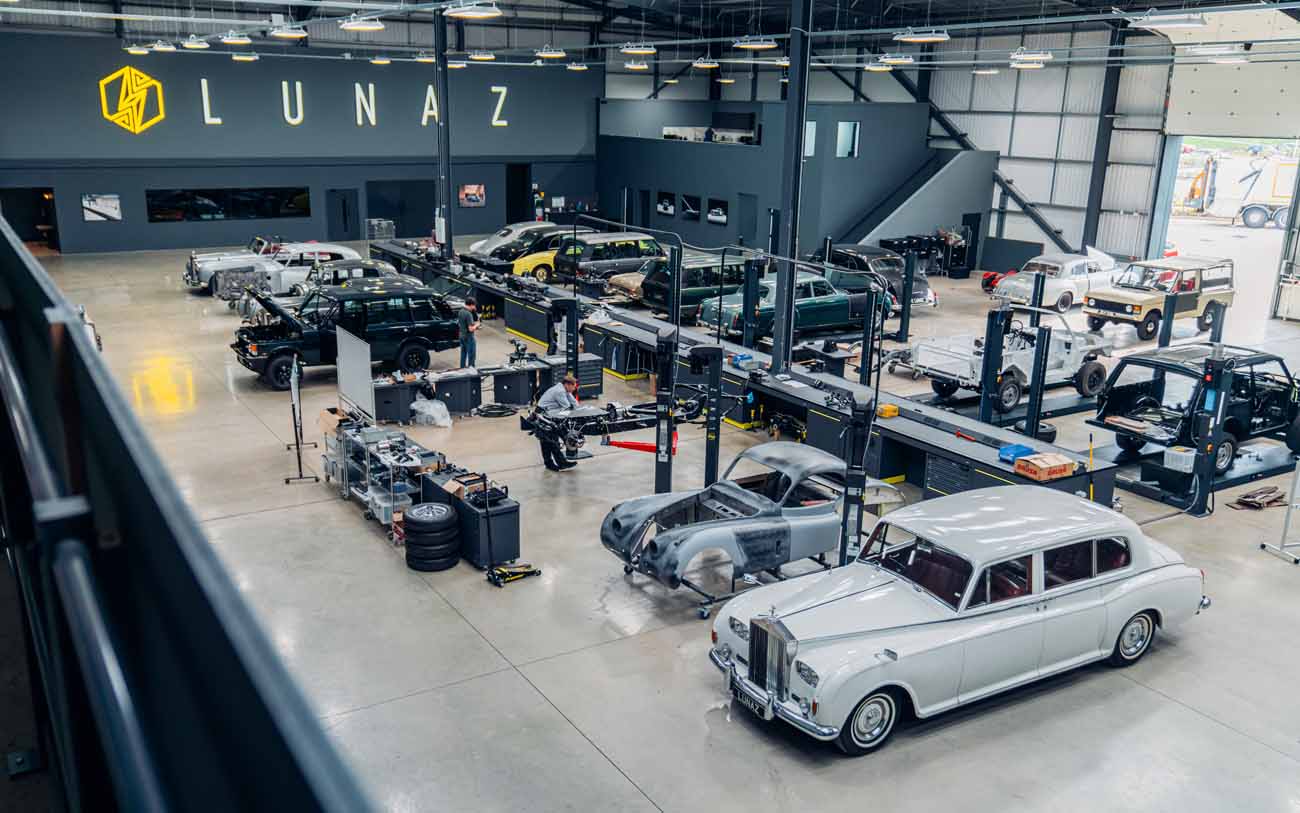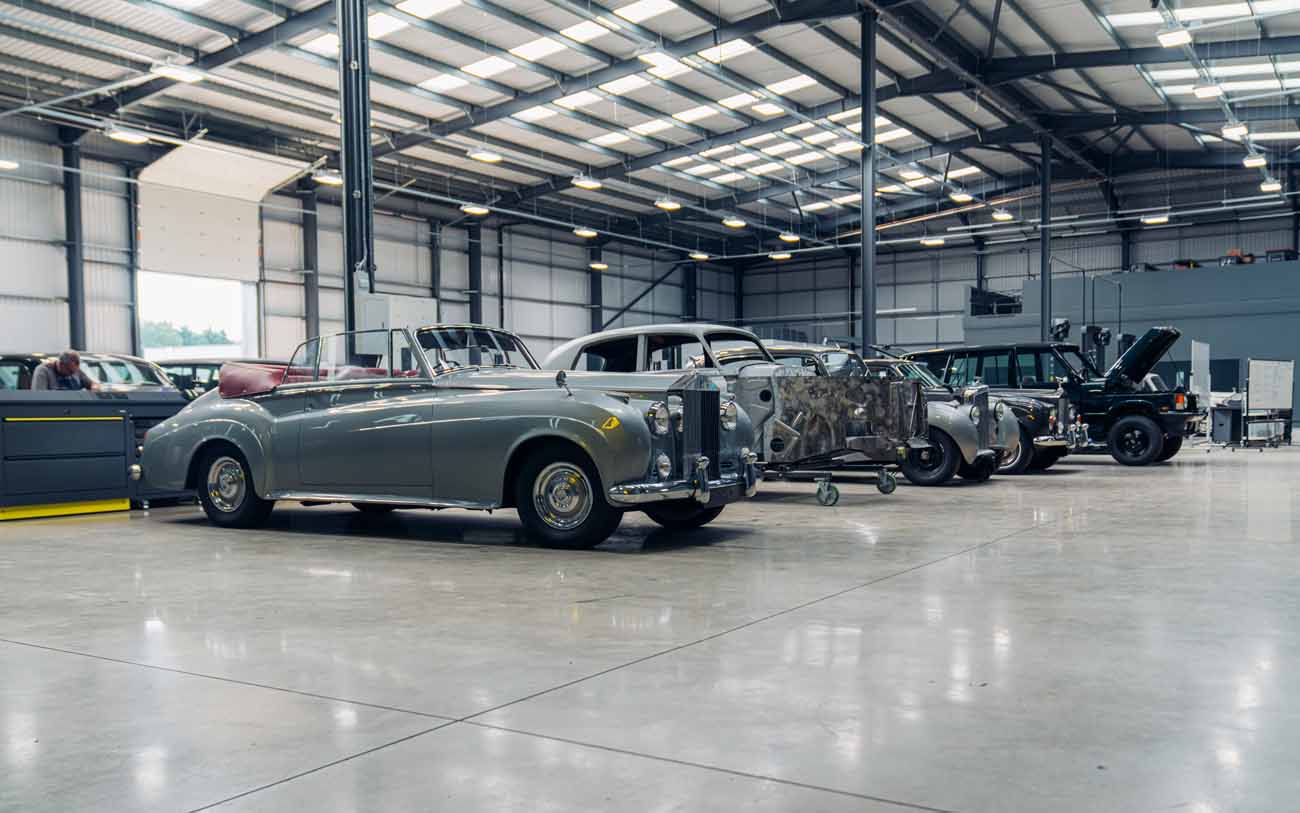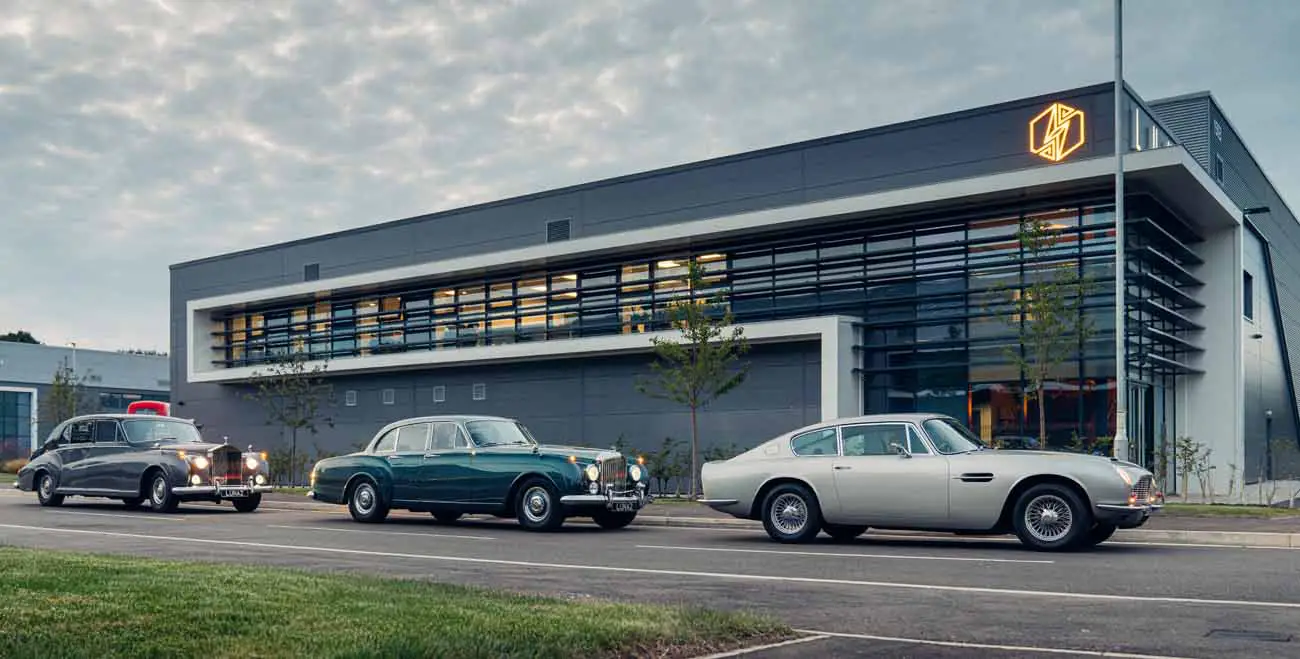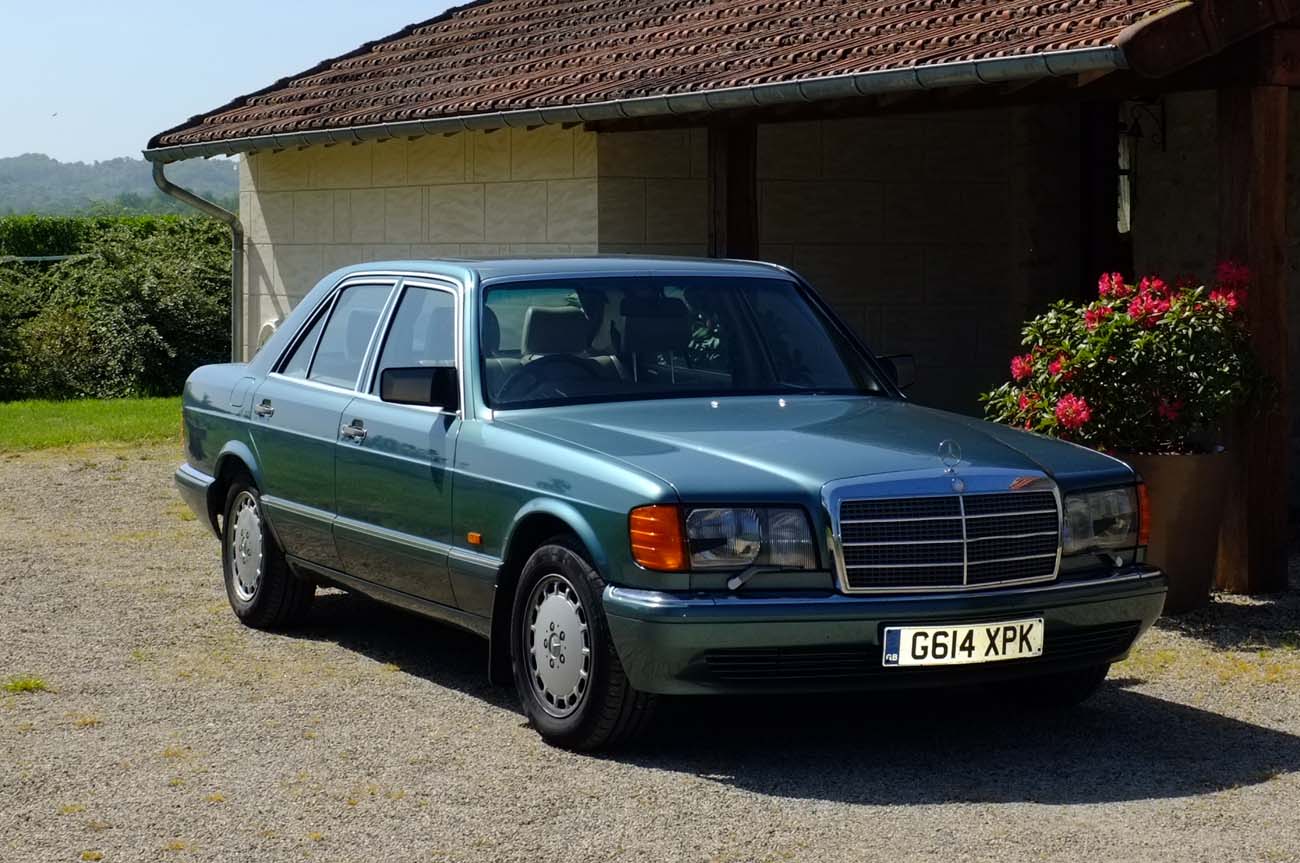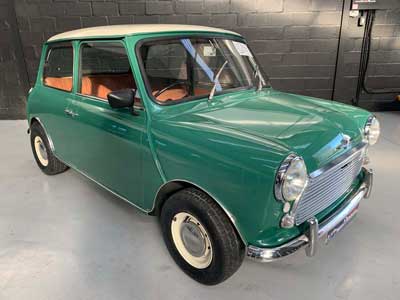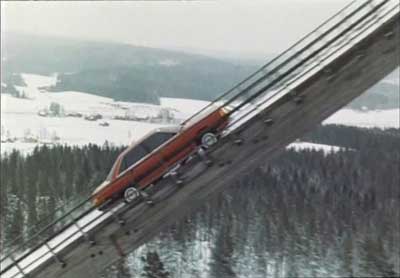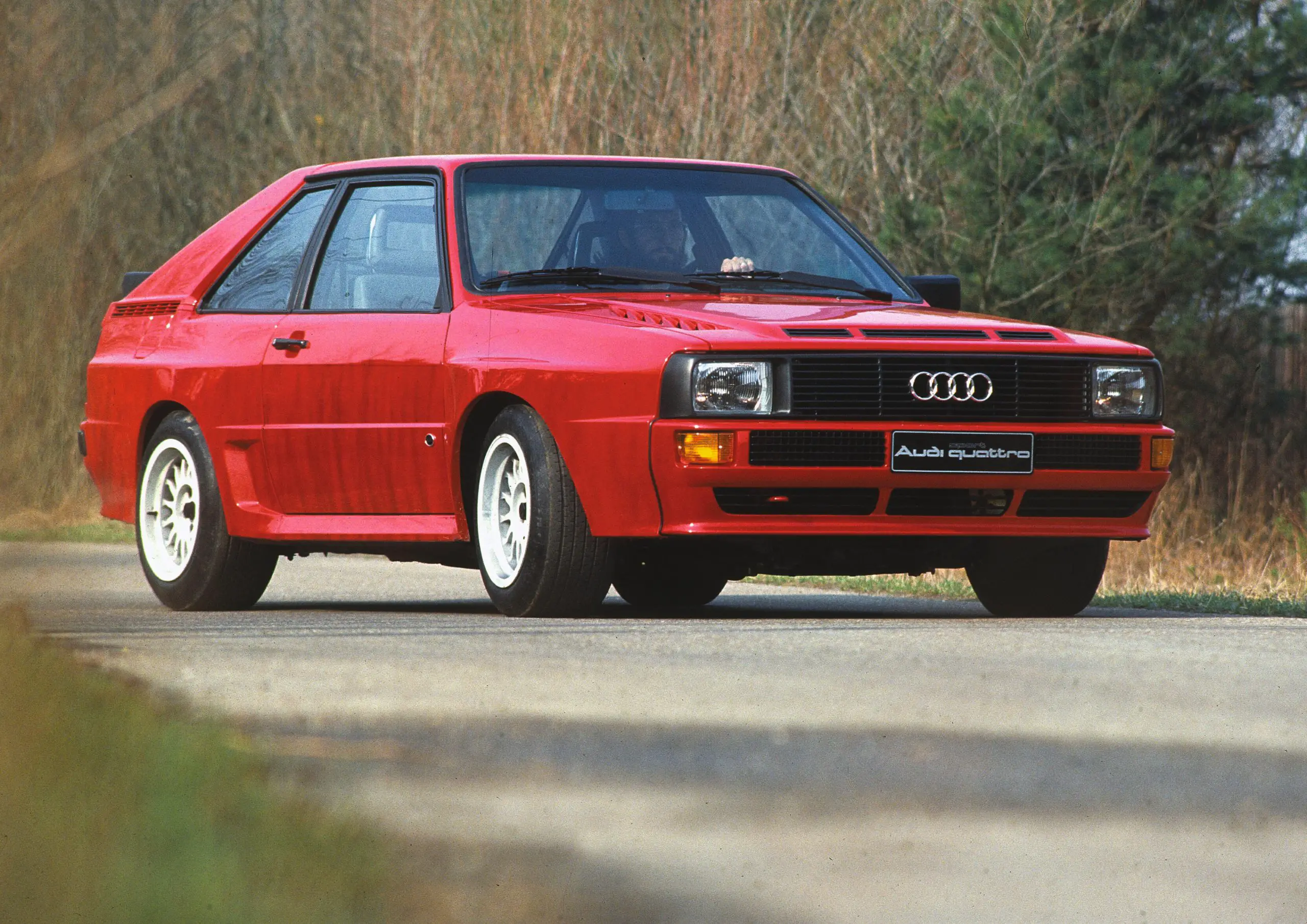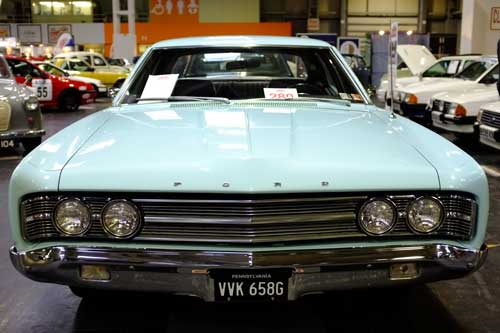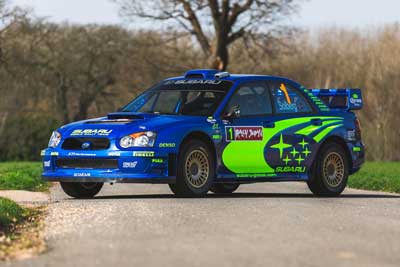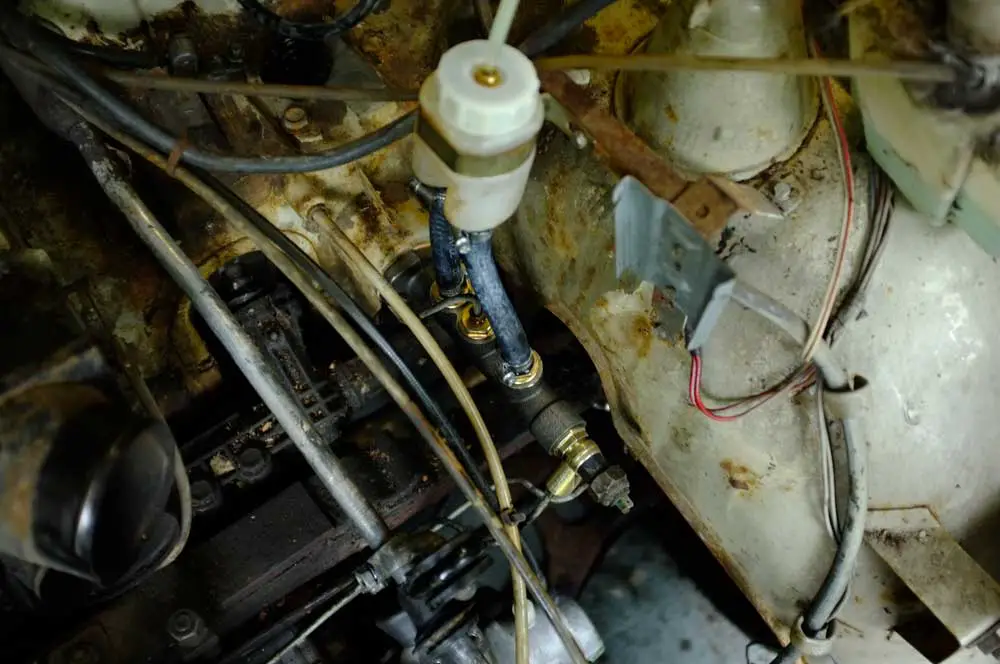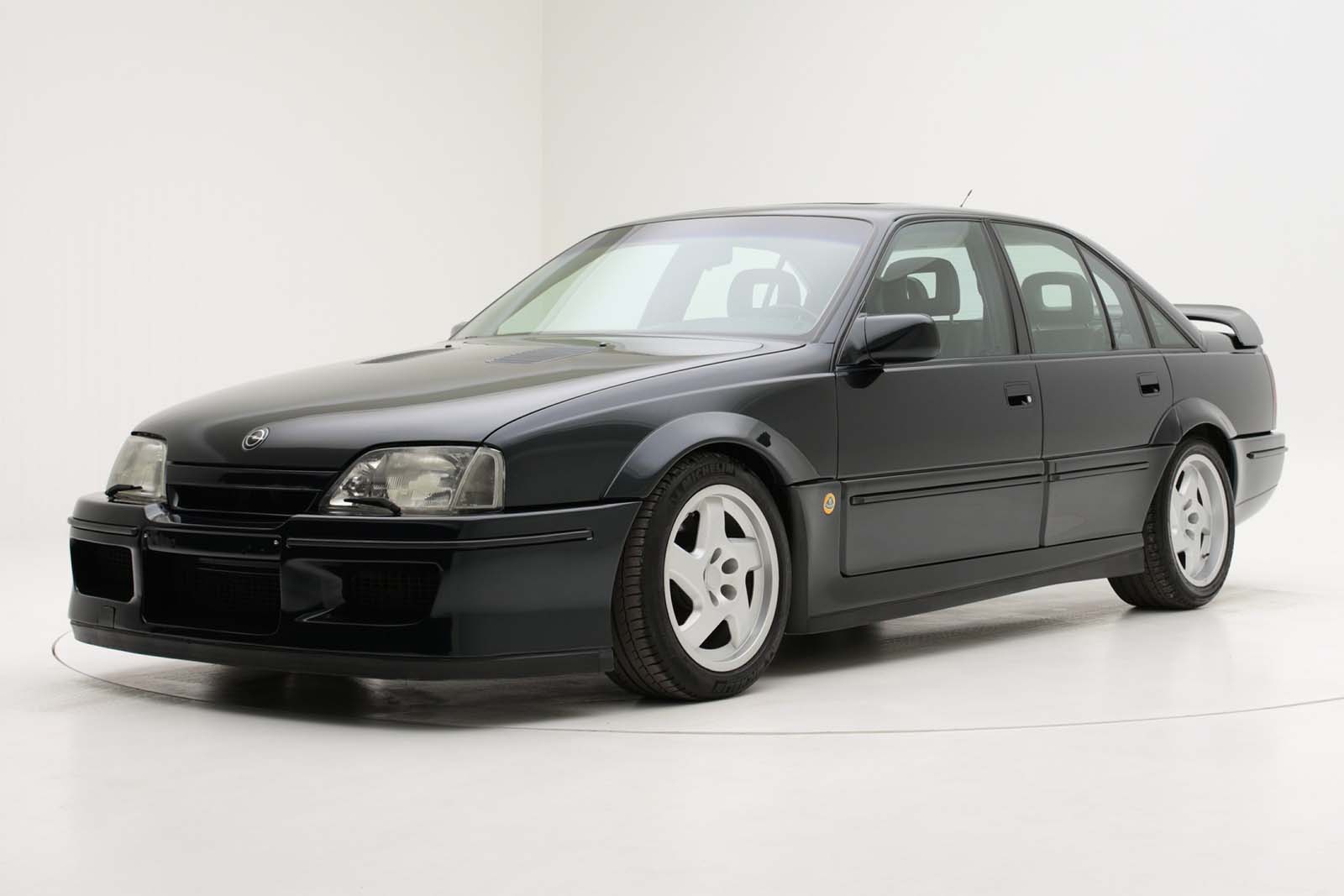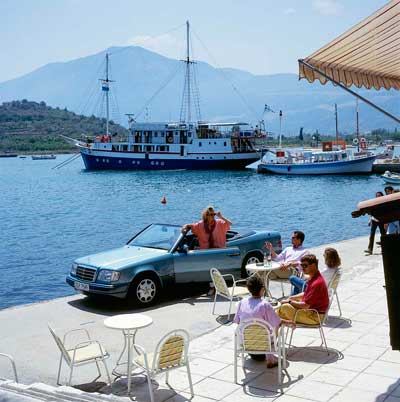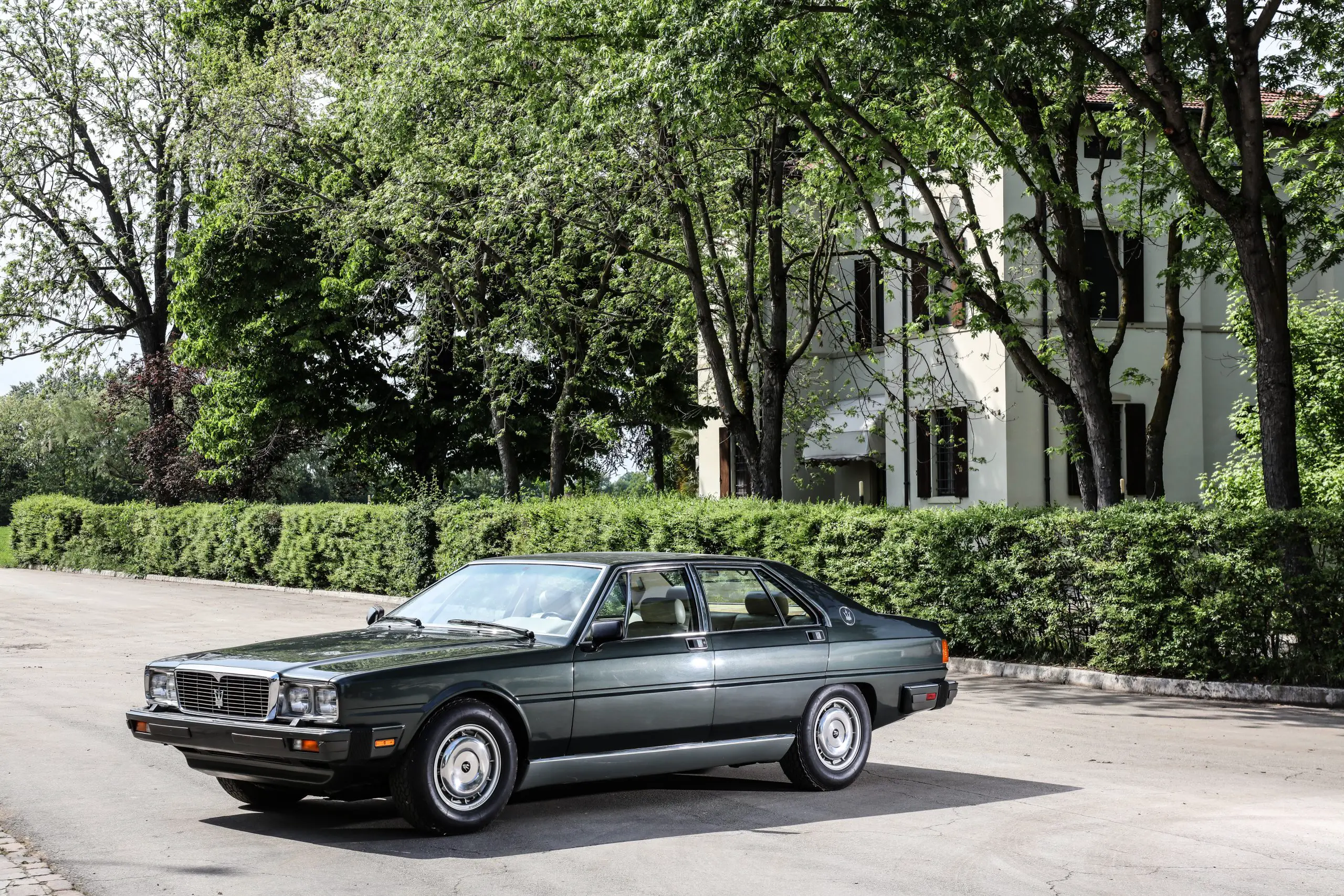
Is The Surge in Electric Conversions A Cause For Concern Or The Salvation Of Classic Cars?
British classic car restorer and electric conversion specialist Lunaz has seen a surge in demand for electric conversions. Is this a concern for the traditional classic car enthusiast or a form of salvation and keeping classics on the road?
Well, the order book seems to suggest the former, sold out of 2022 and 2023 slots, you are now looking into 2024 if you wanted to have something done. This boom in demand has seen Lunaz expand the workforce by 500% in twelve months and the workshop size is set to grow by a total of 400% this year. This has made Lunaz one of the fastest growing companies in this sector, but there are now quite a few and some that will convert much more ordinary cars too.
The kind of cars that Lunaz specialise in are expensive to start with and it’s not just electric conversions they do first class restoration work to. They crated the world’s first electric Rolls-Royce, Bentley, Aston Martin, Range Rover and Jaguar.
They aren’t cheap, but if you can afford to own any one of those they are expensive to start with, so it’s not about saving money, or probably the planet either, it’s probably to make them a little bit easier to use and live with.
The problem with old cars that are used infrequently is that the maintenance of the mechanical components is still needed, and those in the fuel system need to be kept clean and serviced so they car is ready to go.
An electric conversion eliminates a lot of those hassles, and something which isn’t driven far or even often it can make a great deal of sense. Remember, the financial side of this doesn’t matter when you’re dealing with cars like these.
Some of this demand has come from the re-opening hospitality industry who are demanding passenger focused Bentley, Range Rover and Rolls-Royce models for their fleets. Reliability for this kind of work makes sense. And as a business vehicle with electric propulsion being tax efficient there is a business case for owning them. Less of a depreciating asset too, unlike a modern offering.
The initial outlay for one of these is quite steep, Lunaz electric classic cars start at £295,000 for fully restored and converted Range Rovers rising to £950,000 for an Aston Martin DB6.
A nice Bentley Continental or Rolls Royce Silver Cloud can be had for £350,000 a Phantom V will be £550,000. Plus any local taxes of course, which could be little to nothing depending on where you are. If you’re a business you can claim it back too.
The company has its facilities at the home of British motorsport in Silverstone, right near the Grand Prix Circuit. Lunaz are increasing capacity to turn out 110 vehicles a year, an increase of 50% compared to 2020.
The increase in production space will take it to 130,000 square feet over two sites making it the largest employer and manufacturer in the Silverstone Technology Cluster.
Lunaz’s customer base comes from people concerned about sustainability of products and their origins. Lunaz don’t just offer an electrification service but a range of upcycled materials, even animal free products can be specified for the interior.
Carpets can be woven from used fishing nets into something that matches lambswool for comfort and quality.
Mechanically each car is inspected with the weights of each corner being taken to assess the weight distribution. This information forms the basis for the decisions on chassis set up, packaging the new powertrain and the new suspension set up. The original engine and running gear are removed and stored on behalf of each client.
A modular approach is taken for powertrain development so they can be adapted to the varying marques and requirements. The cells are sourced from traditional automotive tier 1 suppliers in Europe, not taking cells from crash damaged or disposed of electric cars.
Seeing hospitality using these cars instead of new ones for driving customers around is a good thing as they will be used far more and more classics on the road. The quality of the restoration work done to bring cars to the road is very high which is another good thing.
Whether electricity is the final solution has yet to be determined, but there’s nothing to say that these couldn’t evolve further or even be converted back.
I’m not a fan of throwing away the original mechanical components of a car for the sake of it, but with some of these it’s those things which keep them locked away in garages forever. If you don’t destroy anything to make it work and enable things to go back if wanted, then this may be a good interim solution. Just maybe not all of them.
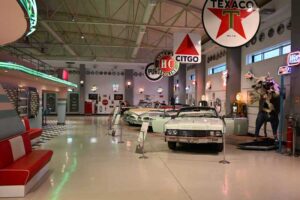
Ural Ataman Classic Car Museum – Istanbul, Turkey
This has to be one of the nicest private collections I have seen, the Ural Ataman Museum in Istanbul, turkey has not only a wide
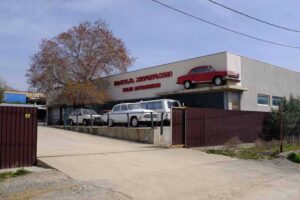
Tbilisi AutoMuseum Car Museum – Georgia
You may not have heard of this, but the small car museum in Tbilisi Georgia really has quite a lot to see. Buried in an
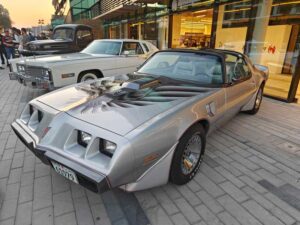
Bahrain Bike Week Classic Car Show December 2024
Bahrain Bike Week is the biggest event of its kind in the Middle East and the 2024 one was no exception. It’s not just the
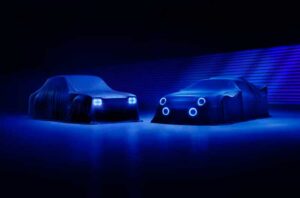
Ford Motor Company Bring Back Group 5 Mk1 Escort & Group B RS200 With The Help Of Boreham Motorworks
Ford have granted a licence to Boreham Motorworks, a division of the DVRN Automotive Group, to produce new versions of not just the Mk1 Escort
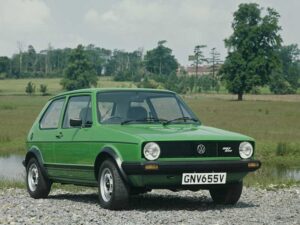
The VW Golf At 50 Years Old
Europe’s number 1 selling car the VW Golf has reached 50 years old this year, starting production on the 29th of March 1974. In
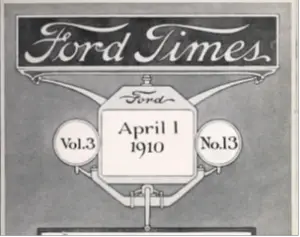
Ford’s Heritage Vault Makes The Ford Times Magazine Available To The Public
Ford’s expansion through the early 20th century was something to behold, the rapid growth of the company and the success of the Model T led

